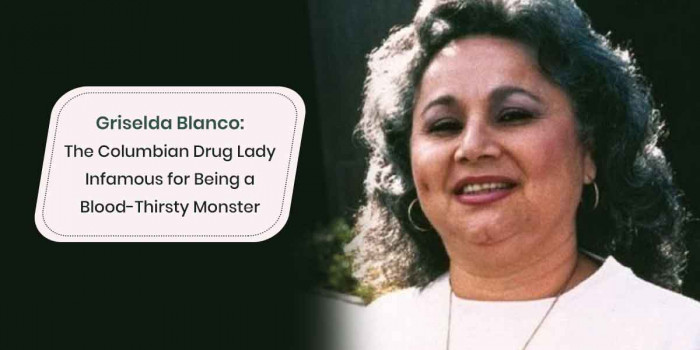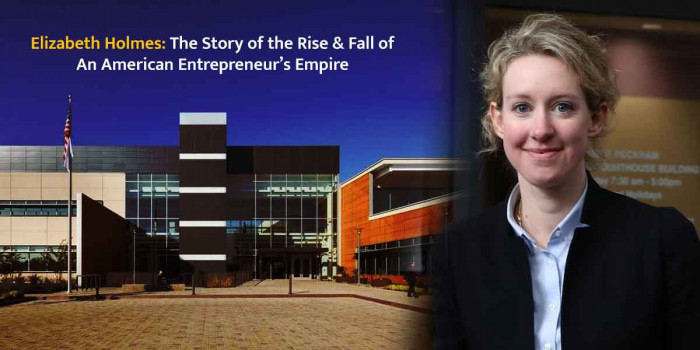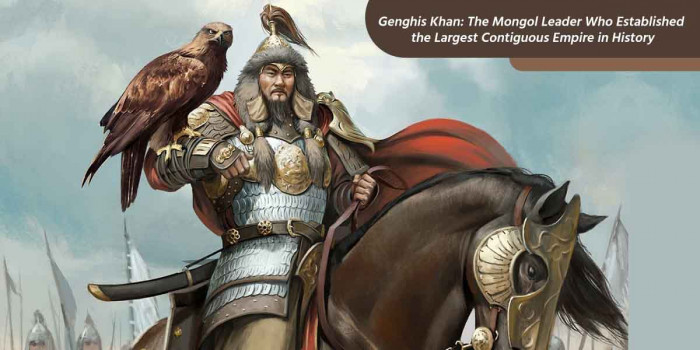Noah Purifoy: A Great African-American Artist Known for Assemblage Sculpture
"I do not wish to be an artist. I only wish that art enables me to be."
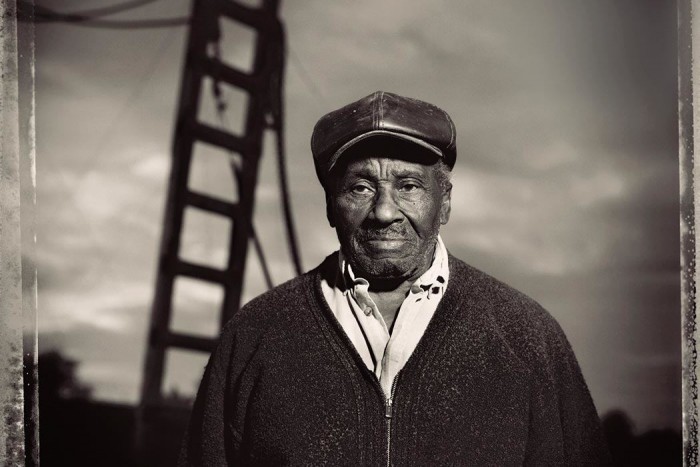
"I do not wish to be an artist. I only wish that art enables me to be."Noah S. Purifoy was a visionary visual artist & sculptor who is best known for creating marvelous large-scale assemblages, installation art, and environmental sculptures. Born in Snow Hill, Alabama, he spent most part of his life in Joshua Tree, California, and Los Angeles.
This African-American artist was the founding director of the Watts Towers Art Center and most prominently created exemplary artworks in the 10-acre desert land of “Noah Purifoy Outdoor Desert Art Museum”. Post the Watts Riots of August 1965, the charred debris and wreckage were collected to create the artworks and assemblage sculpture “66 Signs of Neon”.
Purifoy Served United States Navy During World War II
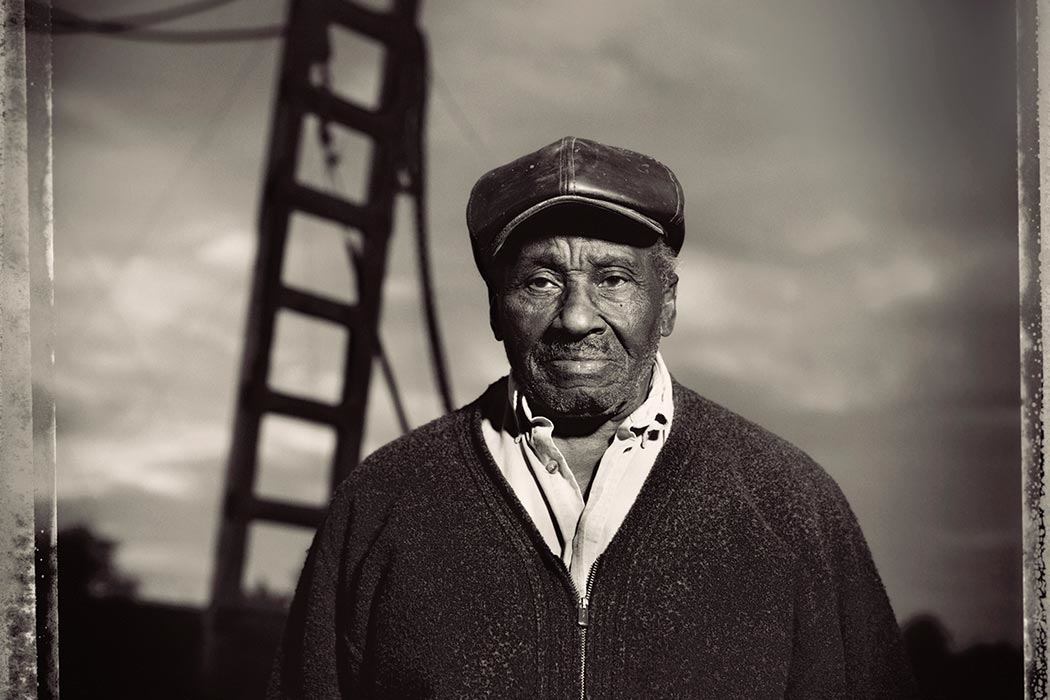
1917-born Purifoy provided his services to the United States Navy during World War II. As a veteran, he was laid to rest at the Ohio Western Reserve National Cemetery in Rittman, Ohio.
He Was the First African-American to Enroll as Full-Time Student at CalArts
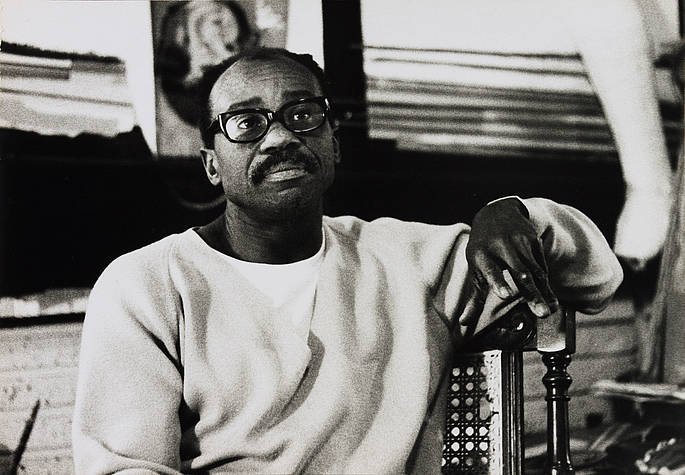
In 1953, he relocated to Los Angeles to pursue his BFA (Bachelor’s of Fine Arts) degree from Chouinard Art Institute (CalArts). Just before his 40th birthday, he earned his degree in 1956 and became the first African American to enroll at CalArts as a full-time student.
Purifoy Used Charred Rubbles of Watts Riots for “66 Signs of Neon”
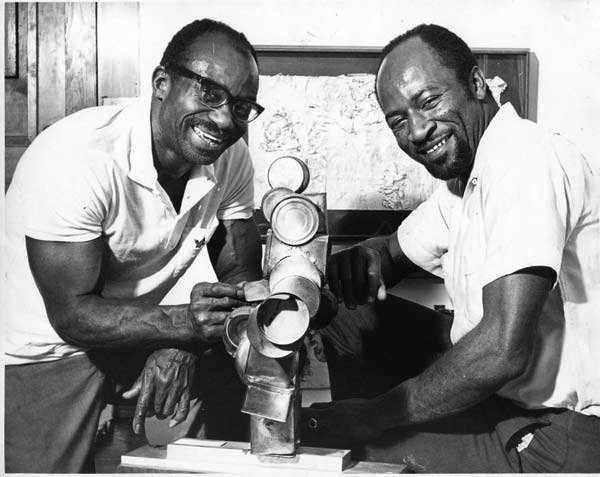
Months after the Watts Riots rebellion of August 1965, Purifoy and other artists including Judson Powell conducted the exhibition “66 Signs of Neon” displaying nearly 50 artworks made from charred wreckage in order to "interpret the August event."
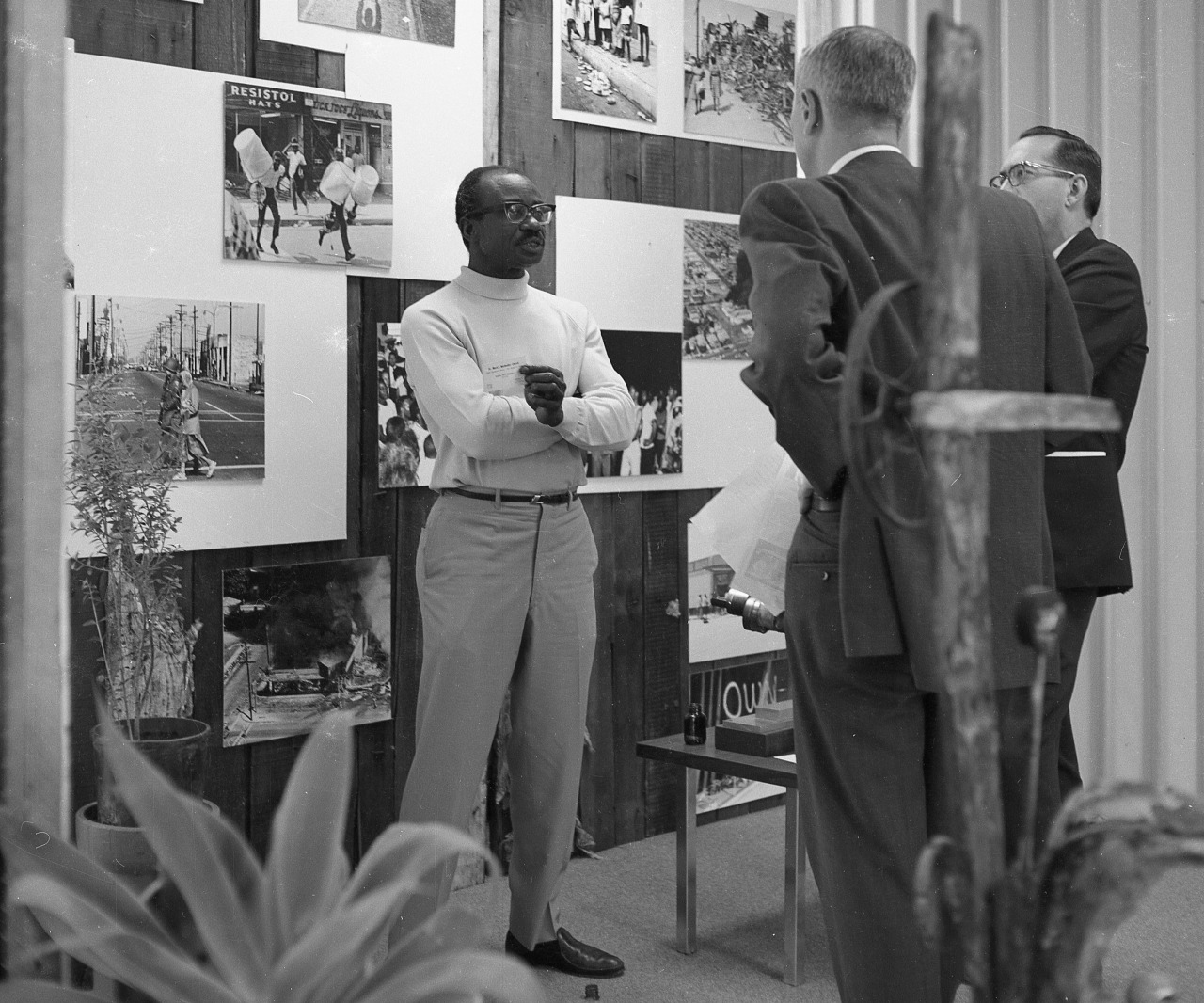
In April 1966, the exhibition had its premiere at Markham Junior High School. Later, it traveled to 9 universities in California within 2 years and eventually traveled to other venues in the US but remained outside gallery walls.
Purifoy once said,
“We wanted to tell people that if something goes up in flames it doesn’t mean its life is over.”
Noah Purifoy’s “Outdoor Desert Art Museum” Displays Environmental Sculptures
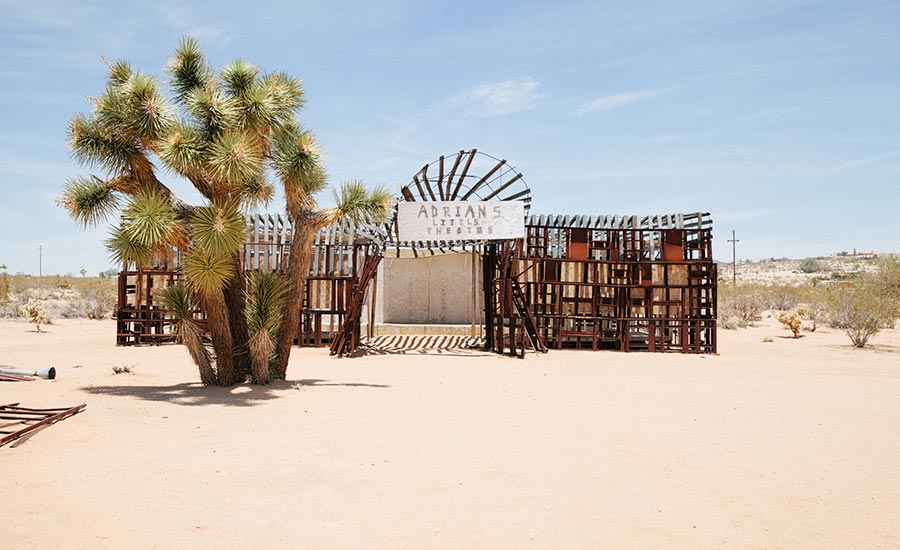
After serving the California Arts Council from the late 1970s till late 1980s and initiating several programs, he moved to the southern Mojave Desert to create artworks. So for more than the last 15 years (1989-2004) of his life, he built the “Noah Purifoy Outdoor Sculpture Museum”.
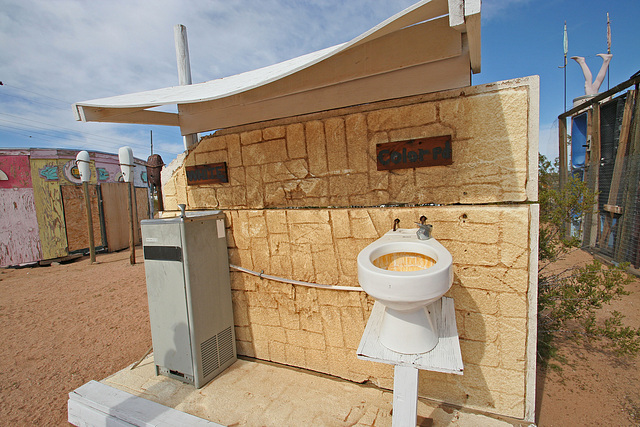
Stretching on a 10-acre open land near the town of Joshua Tree in California, the museum has more than 100 artworks that include enormous installation art, large-scale assemblage, and environmental sculptures. Purifoy used bits of broken computer keyboards, hamburger wrappers, and glass fragments.
From blatant political statements as displayed in White/Colored having a toilet bowl next to a drinking fountain, to site-specific artworks like “Shelter” that is made out of burnt wood.
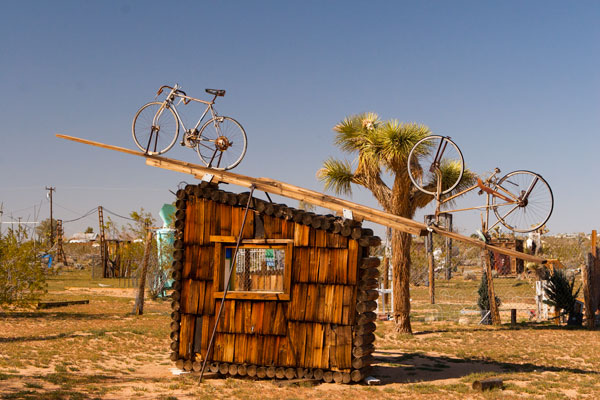
In 2016, it was expanded to include the adjoining land art sculpture “Unagi”. The highest point in Purifoy's Sculpture Museum presents the best landscape view of Unagi. It brings to the mind an image of larger-than-life eels created from the ruined & obsolete freight trains obtained from the neighboring Desert Freight Services.
Popular Posts
Veronica Seider - A Superhuman With Super-Eye
Veronica Seider’s super power sounds like a plot of a film. Veronica has an eyesight that redefines the human eye capability. ...
Swati Bhandari
Most Notable Dead Bodies Left On Mount Everest
The world’s highest mountain – Mount Everest not only serves as an epitome of nature’s beauty, but it is also a warning t...
Kimberly Campbell
15 Black Female Bodybuilders With Insane Physique
Bodybuilding takes a lot of patience and hard work but in the case of women, it takes a lot more than that. Despite all the aesthetic hurdles that female bod...
Kevin Green






